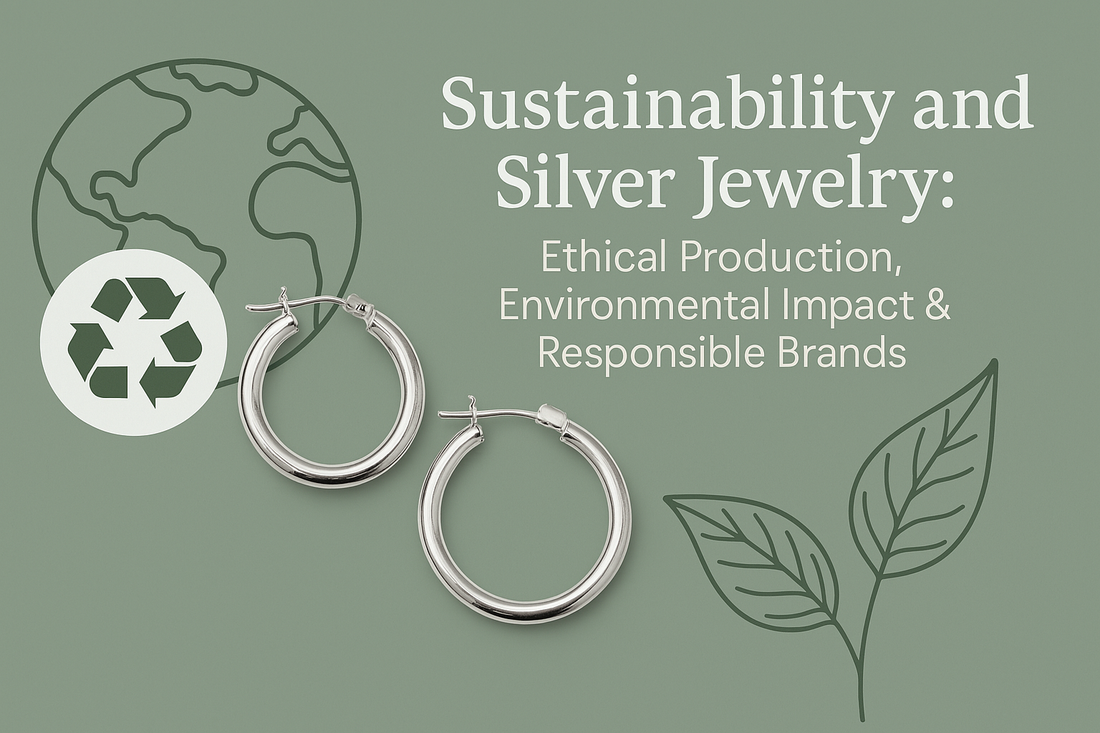
Sustainability and Silver Jewelry: Ethical Production, Environmental Impact & Responsible Brands
Today, sustainability has become a core value across various industries—and silver jewelry is no exception. Consumers are increasingly seeking products that are not only beautiful, but also ethically made and environmentally conscious. In this article, we’ll explore how ethical production, environmental impact, and responsible brands are shaping the future of silver jewelry.
Ethical Production in Silver Jewelry
Ethical silver jewelry production means respecting both people and the planet. This includes responsible material sourcing, fair labor conditions, and supply chain transparency.
Brands like Raven + Lily stand out by using ethically sourced gemstones—often in their natural form—and 100% recycled, hand-polished metals.
(Source: scsglobalservices.com)
Environmental Impact of Silver Jewelry Production
Mining and processing silver can significantly affect the environment—damaging ecosystems, polluting water sources, and consuming high levels of energy.
However, using recycled silver is a great way to reduce this impact, conserving natural resources and limiting new extraction.
(Source: 4ocean.com)
Responsible Brands Leading the Way
Several brands are setting a strong example in ethical and sustainable jewelry practices:
-
Linjer: Focuses on sustainability with high-quality recycled sterling silver, solid gold, and conflict-free diamonds.
(Source: thegoodtrade.com) -
Ana Luisa: Offers ethical and sustainable pieces with a strong commitment to transparency.
(Source: analuisa.com) -
John Hardy: Known for handcrafted designs using recycled silver and traditional Balinese techniques that support eco-conscious production.
(Source: en.wikipedia.org)
Tips for Consumers and Small Businesses
If you’re buying or selling silver jewelry and want to be more responsible, here are some key tips:
-
Research the Origin: Make sure the silver is recycled or sourced from ethical mines.
-
Look for Certifications: Organizations like the Responsible Jewellery Council (RJC) certify brands that follow responsible practices.
(Source: fejn.com) -
Support Transparent Brands: Choose companies that clearly explain their materials and production methods.
-
Go for Timeless Designs: Classic, long-lasting pieces reduce the need for frequent production and cut down on waste.
Conclusion
Sustainability in silver jewelry is essential for protecting our planet and ensuring fair practices in the industry. By choosing ethical products and supporting responsible brands, both consumers and small businesses can help create a greener, more conscious future.
